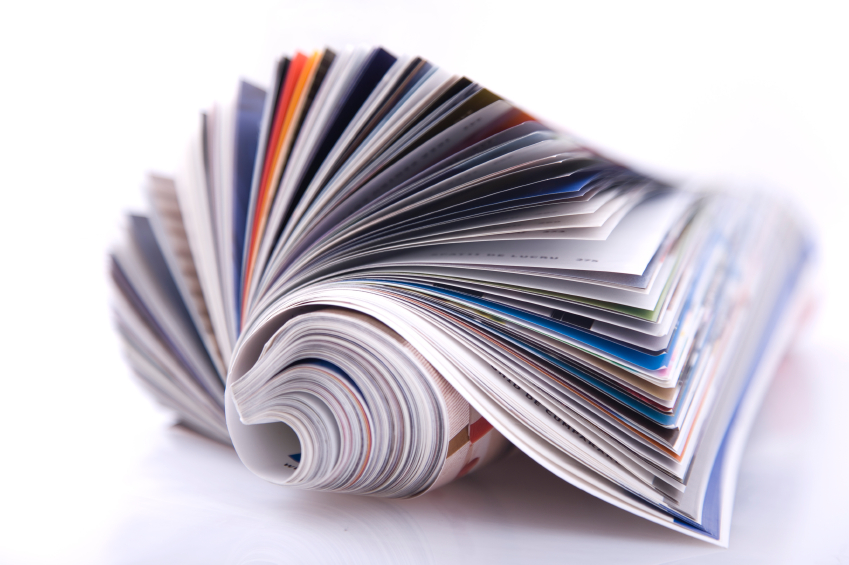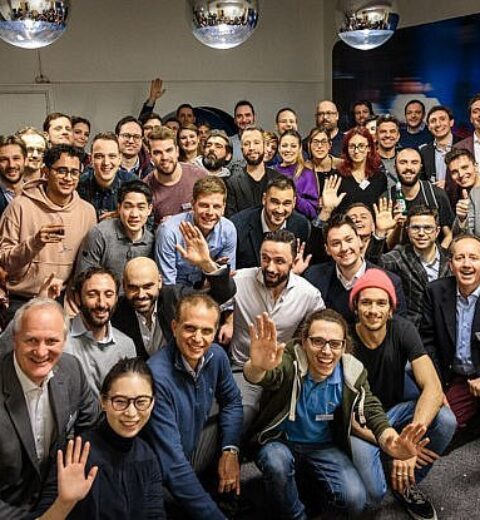The drive for efficiency: Businesses and the printing process

Wind the clock back to 1990 and so much of what you needed to do as a business – whether that be short-run books, business cards, letter heads, fliers and pamphlets – relied, as this article shows, on sheetfed printing.
This was not only less wasteful than rival web presses, but also needed much less preparation – a convenience and cost ‘no brainer’ for the pre-internet business world.
Fast forward to 2015 and, although much has changed in the interim, businesses still need to weigh up the pros and cons of web and sheet fed presses when it comes to large scale marketing process. The question still matters because, businesses must always look for the most efficient methods to carry out their marketing and other operations. Cutting the production cost – without compromising on the quality – remains the best way to achieve this efficiency.
The debate may linger, but two important processes have altered the calculus in this field.
Firstly, technological developments have helped to blur the lines between web and sheetfed processes. Sheetfed printing is even quicker than before and modern presses can take ‘reels’, eliminating the need to feed in individual sheets. It retains the advantage when it comes t quality.
Web printing has also become more user-friendly in an attempt to meet the demands of business users while still being able to deliver on lower-weight papers and being well-suited to print runs of tens of thousands.
The second factor has been the emergence of a third player, muscling in on the territory these two methods occupied. Digital technology has made a difference to every aspect of a business’ operation in the last 25 years, and printing is no different.

Digital presses have become an attractive option for short-run jobs and a lack of preparation makes this ideal for last minute tasks. Variable data printing (VDP) allows for short, sharp personalized runs. Digital processes may have been able to sweep aside traditional methods in many other fields, but the story here was different. The format support – limited to B2/B3 (29 in./20 in.) – was frustrating for businesses who found this too constrictive for their needs. Offset processes were still able to cope better when it came to sheer size – handling around double the printable area of a standard sheet and, thus, greater productivity against the digital upstarts.
There were limits too to the substrates that digital presses could handle, evidenced most clearly by the ink and preparation requires for inkjet printers. Perhaps logically then, the present day has seen an attempt to combine the strengths of the traditional presses with the newer, emerging digital printing technology.
Cutting edge nanographic printing presses have harnessed all of the same substrates as with offset printing but without the need for pre-treatment. By using a ‘heated blanket’ instead of the ‘direct-to-paper’ inkjet method they are able to deliver in a way avoids many of the weaknesses of this method.
It can take the same media as offset printers – and operate side-by-side with them, giving the scale and performance to digital printing to properly challenge the more traditional methods. In essence this adds yet another category to the debate – with higher productivity and profitability benefits that aim to mean that, if we go forward another 25 years the printing debate will be over.






